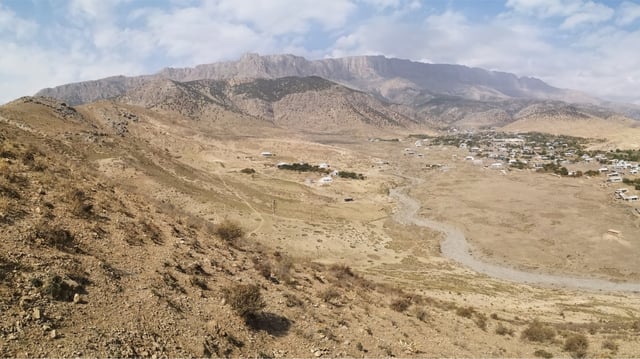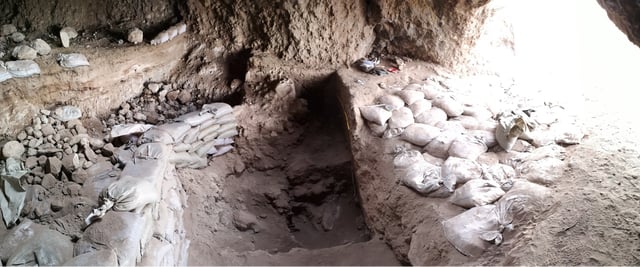Overview
- An interdisciplinary team reports that occupants of Toda Cave harvested wild barley using stone blades with sickle-like wear by at least 9,200 years ago.
- Archaeobotanical remains from the cave's oldest layers include wild pistachio shells and apple seeds alongside barley.
- The findings, published in Proceedings of the National Academy of Sciences on August 25, 2025, expand the known geography of cereal foraging far north and east of the Fertile Crescent.
- Researchers argue these behaviors represent broad transitional steps toward agriculture rather than a single-region response to population or climate pressures.
- Ongoing analyses will test for signs of early cultivation in the barley and assess how common such practices were across Central Asia.

